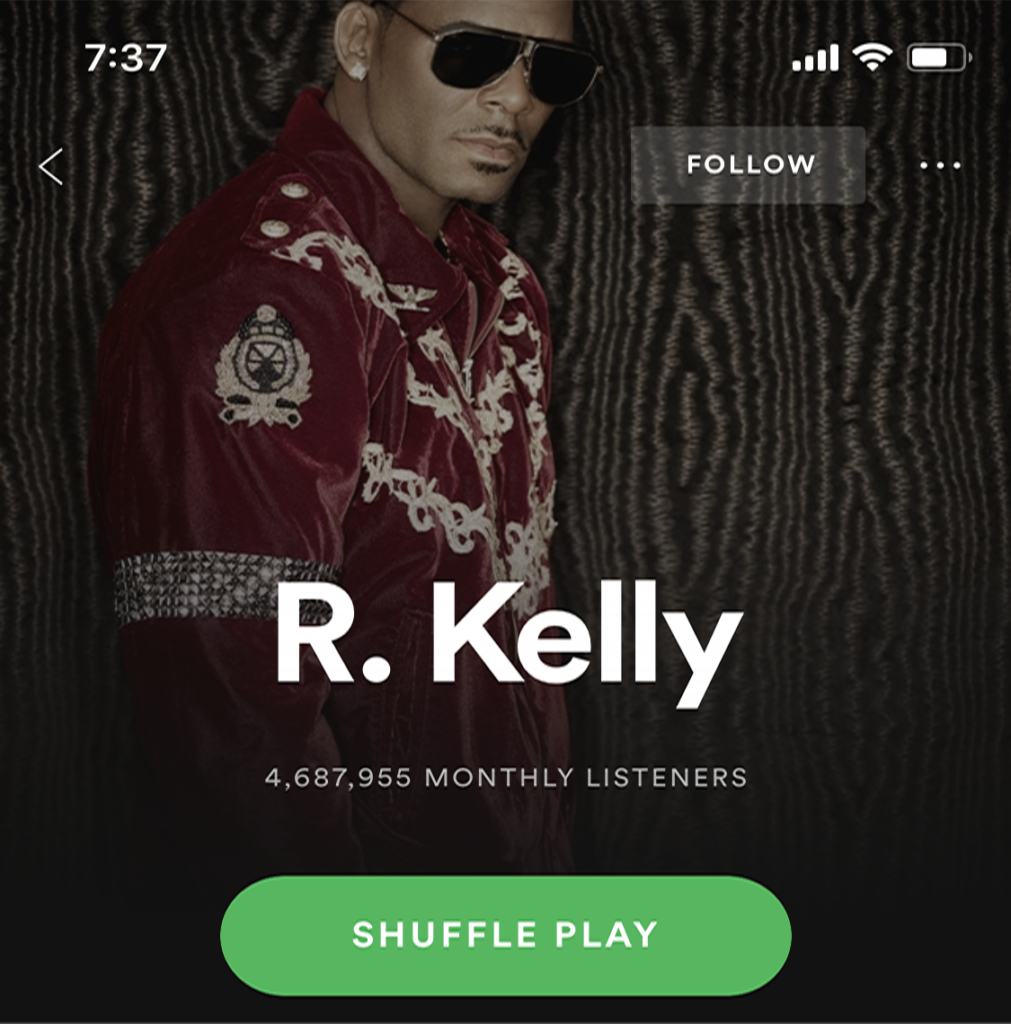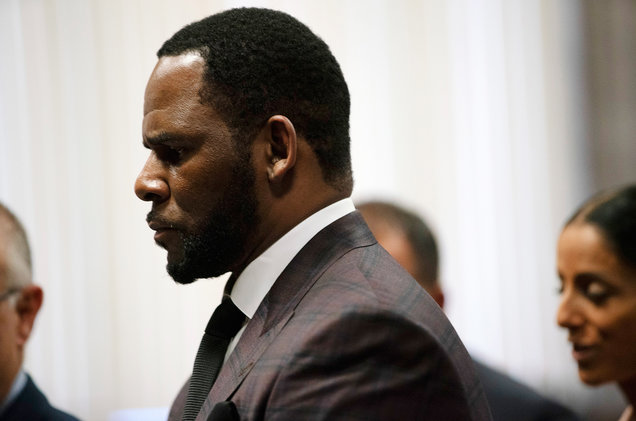Kathleen Mark ‘21|Michael Zhou ‘21|Morgan Bramwell ‘21

To many viewers, the scene in the new Joker movie in which Joaquin Phoenix’s character prances down a staircase with Gary Glitter’s “Rock and Roll Part 2” provides a triumphant moment for the dark lead. However, to those familiar with Glitter, the scene is dark in its own way. Glitter is a notorious pedophile who is currently serving a sixteen-year sentence for various sexual crimes against minors. Some condemn the movie’s use of the song, while others argue that the movie is not to blame.
This story is part of a larger debate over the delineation between art and artist, and whether or not that line can even be drawn. Opinions are especially complicated regarding superstars such as Michael Jackson, who was the subject of the recent documentary Leaving Neverland, in which Jackson is accused of years of sexual abuse of minors. While some argue that artists and their music should be judged entirely separately, others contend that the two are inextricably linked. Everyone quoted in this article was in agreement over the difficulty of forming an opinion that is 100 percent for or against. There is no easy answer: thus, we have tried to explore both arguments.
Many believe that listening to an artist’s music or consuming their media, even when their criminal history is known and well-documented, is to value your own enjoyment over the trauma experienced by the artist’s victims. Others also believe that in many cases, the popularity of the art itself is what enables misconduct in the first place. This past March, Heidi Stevens of the Chicago Tribune wrote: “Jackson’s access to young fans and pliable parents was a direct result of his fame, which was a direct result of his art. His music brought children into his orbit. Same with R. Kelly. If the allegations are true, their art was bait.”

Many people see art as an extension of the artist. Josephine Buccini ‘21 explains, “I think it’s a gray area, but it is wrong to give money or directly support an artist that is problematic. I think that you directly support an artist by buying or using their art.” Hollis DuPont ‘21 agrees, saying, “I don’t think the art can be separated from the artist because the artist’s experiences and beliefs have created both the art and the position they put themselves in. If the artist had grown up differently or known different people, they may not be committing the same crimes or even creating the same music.” She continues, “While it is unfortunate that musicians can commit such crimes and still be accepted by the public, most music is created from those experiences.” Many consider consuming an artist’s work as a direct contribution to their public exposure and popularity. Without it, they would not have become famous in the first place.
Tracy Rosenberg ‘21 also highlights the extremely personal connection between artists and their music. She states, “We cannot separate art from the artist. Just because someone is a good artist doesn’t mean we should overlook everything else about them, good and bad. You can’t separate art from the artist because art is such a personal thing.”
For some, the question of whether or not art can be separated from the artist is a more nuanced issue. Doctor Melanie Subacus, Middle and Upper School Classics teacher, states, “This is such a tough question and I pose it a lot when I teach courses at Villanova. I used to think ‘yes, art can speak on its own, and it can and should be separated from the artist.’ But more and more, I think that while we can’t assume the intent of the artist, their politics matter when we decide if and how we should teach them and display them in public.”

Music can be separated from the artist
Some, however, believe that art can be separated from the artist. Ryan Dankanich, Middle and Upper School band teacher, says, “Art in the general sense—visual, music, dance, et cetera—elicits feelings and emotions from people: it’s why we consume it. Michael Jackson and Jackson 5 music, just to use one example, still sounds incredible, is musically impressive, and makes me feel good despite the personal issues that Michael Jackson had. I understand how some people can’t experience art the same way after knowing the personal issues of any given artist, but to me, that is experiencing their art through a different ‘lens’, not any fundamental change in the artistic work itself.”
Some students believe that so long as the artist’s wrongdoings are acknowledged, it is possible to separate art from the artist. Will Hopkins ‘21 says, “I think [the situation] depends on the person and the incident that they did. I don’t think there is anything wrong with listening to their music because you are supporting the music they made and not the act they are famous for, whatever it may be.” Celia Gallagher ‘21 agrees with the notion of enjoying art while holding the artists responsible for their wrongdoings. “We can separate art from the artist as long as we acknowledge and make known the terrible things that some of the artists did.”
Additionally, the question of allegation versus formal conviction is also important to consider. Actual convictions of sexual misconduct and other charges can often carry greater weight in the minds of listeners than allegations or claims. Many artists who have been accused have never been convicted. For instance, this past March, Janell Ross of NBC explains: “During his lifetime, Jackson repeatedly denied any wrongdoing… [He was] acquitted of criminal charges related to alleged sexual contact with children.” ‘Innocent until proven guilty’ is a strong sentiment in many communities who grew up listening to music from these artists.
The difference between buying albums and streaming songs has also changed the way people view this debate. While buying an album from a store is a relatively user-intensive experience involving physical transactions, streaming services allow users to listen to a song simply at the click of a button, at no additional cost to the user besides the service’s standard monthly fee. The ease of listening to any one song using a streaming service can make the decision more complicated for many users because they are not directly giving money to the artist. However, streaming services themselves can take the ethics of this debate into account. Subacus states, “It comes down to consumers, music-streaming services, and radio stations making those choices for themselves. Spotify could decide they won’t support R Kelly by hosting his music, radio stations can choose not to play it, et cetera.” But music streaming services don’t want to limit the choices and lose customers.
It is clear that this debate will not be resolved anytime soon. But as the art industry grows and evolves, it will become increasingly important to consider these nuances and tread carefully with these issues.